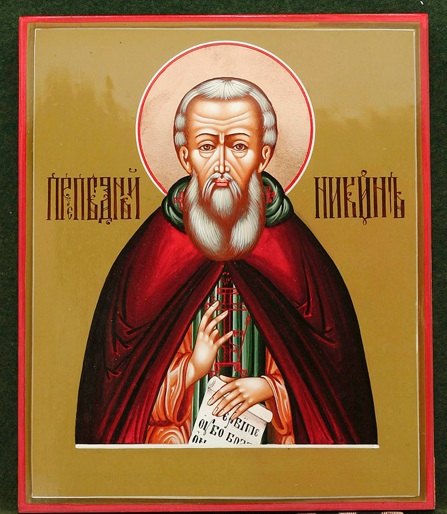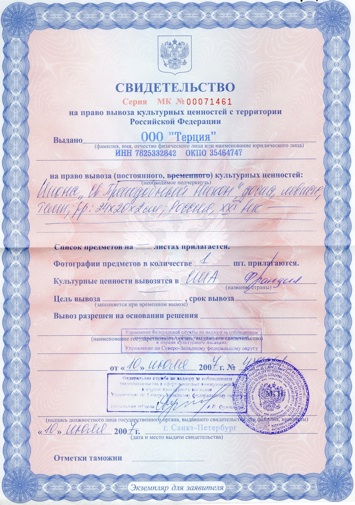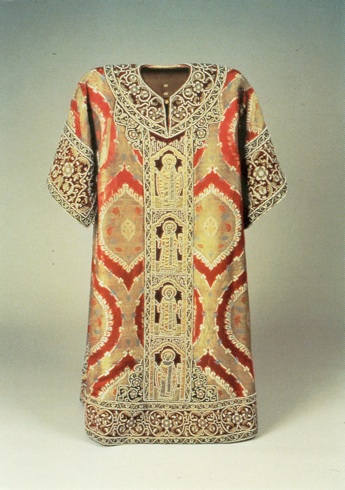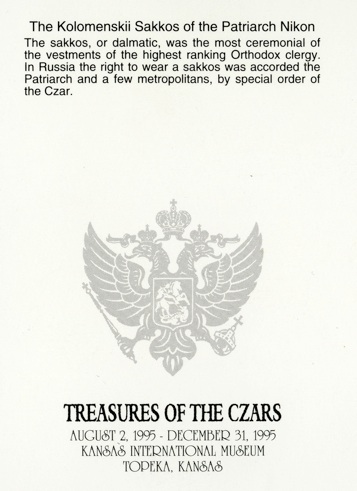Saint NIKON




Patriarch of Moscow (1652-1658; d. 1681). He was of peasant origin, born in the district of Nishni-Novgorod in 1605, and in early life was known as Nikita. Educated in a monastery, he married, became a secular priest, and for a time had a parish in Moscow. After ten years of married life, his children having died, he persuaded his wife to become a nun and he entered the Solovetski monastery on the White Sea, according to Orthodox custom, changing his name to Nikon. In accordance also with a common custom he next became a hermit on an island near by, dependent on the monastery. But a disagreement about the alleged misuse of some alms caused him to break with the Solovetski monks and join the Kojeozerski community in the same neighbourhood, of which he became hegumen in 1643. Later he made a great impression on the emperor, Alexis, who made him Archimandrite of the Novospaski Laura at Moscow in 1646, and in 1649 Metropolitan of Novgorod. Here he founded almshouses, distinguished himself by his many good works, and succeeded in putting down a dangerous revolt in 1650. Meanwhile he was in constant correspondence with the Tsar, at whose court he spent part of each year. Already during this time he began to prepare for a revision of the Slavonic Bible and Service books. In 1652 the Patriarch of Moscow died and Nikon was appointed his successor.
As head of the Church of Russia Nikon set about many important reforms. One of the first questions that engaged his attention was the reunion of the Ruthenians (Little Russians) with the Orthodox Church. When Poland held Little Russia, the Synod of Brest (1596) had brought about union between its inhabitants and Rome. Under Alexis, however, the tide turned; many Ruthenians arose against Poland and united with Russia (1653). A result of this was that the Russians were able without much difficulty to undo the work of the Synod of Brest, and to bring the Metropolitan of Kief with the majority of his clergy back to the Orthodox Church. This greatly increased the extent of the Russian patriarch's jurisdiction. Nikon was able to entitle himself patriarch of Great, Little, and White Russia. During the reign of Alexis, Nikon built three monasteries, one of which, made after the model of the Anastasis and called "New Jerusalem," is numbered among the famous Lauras of Russia.
Read the complete history here:
http://www.newadvent.org/cathen/11077b.htm
